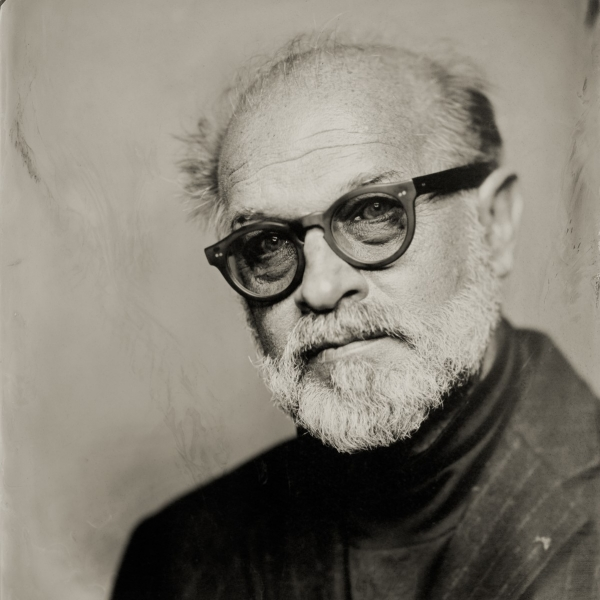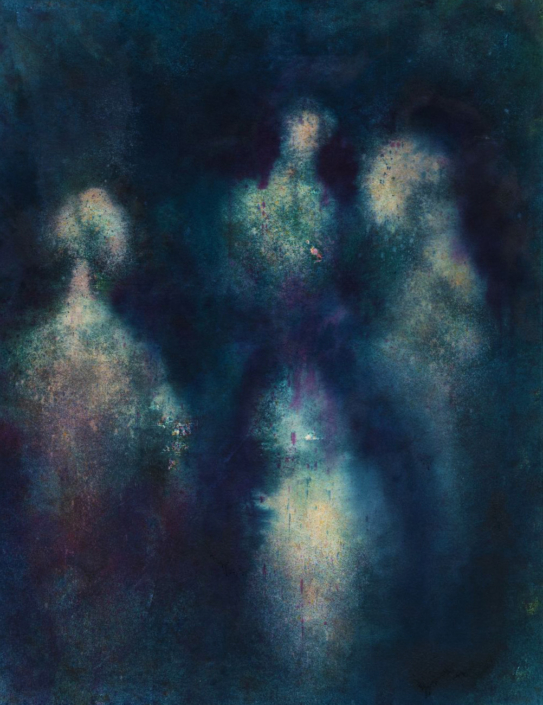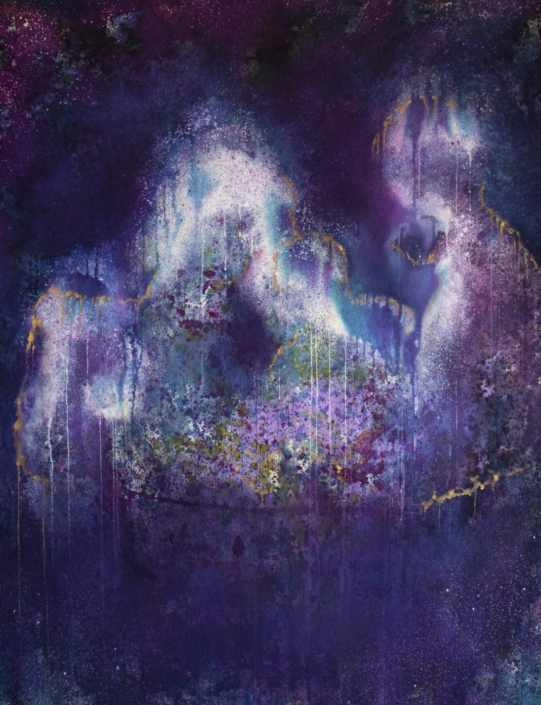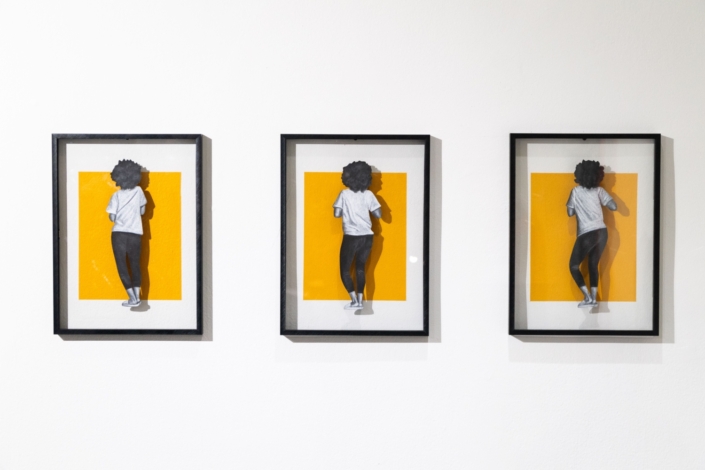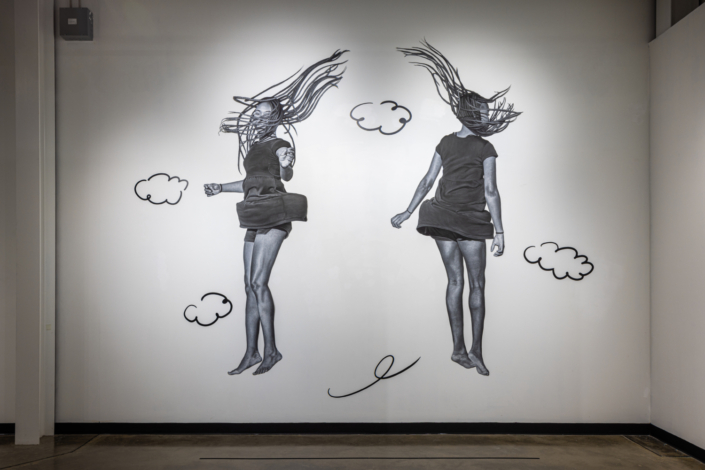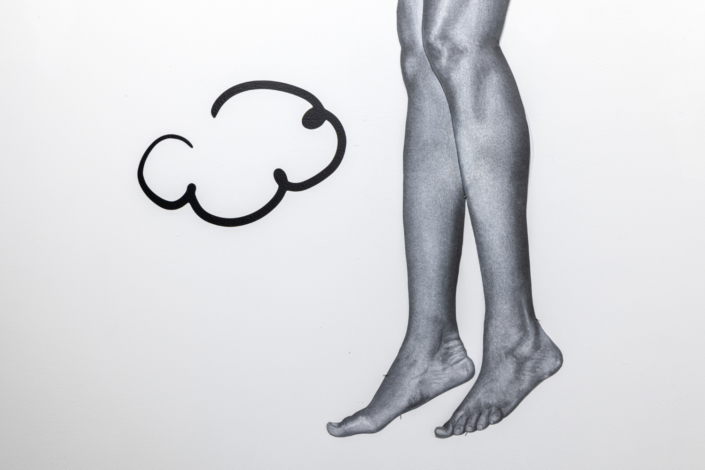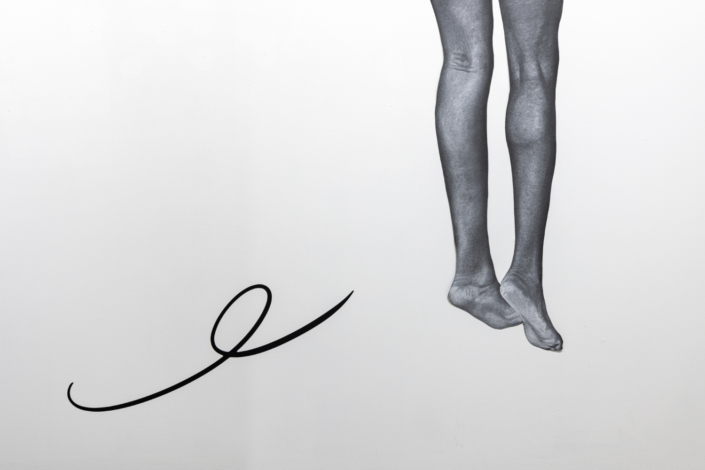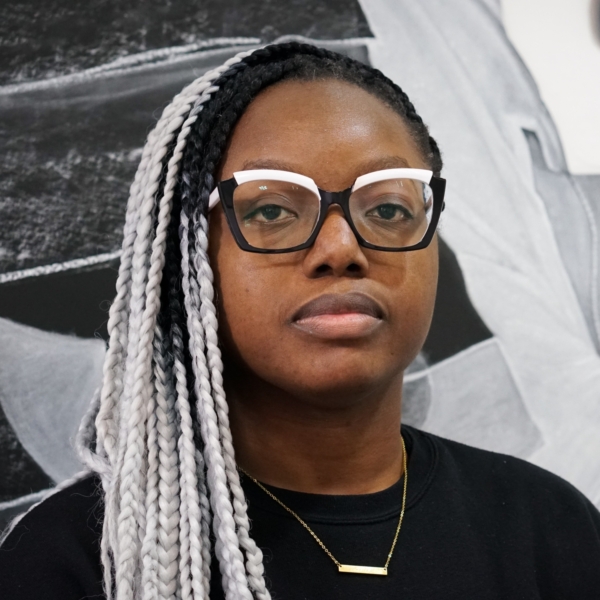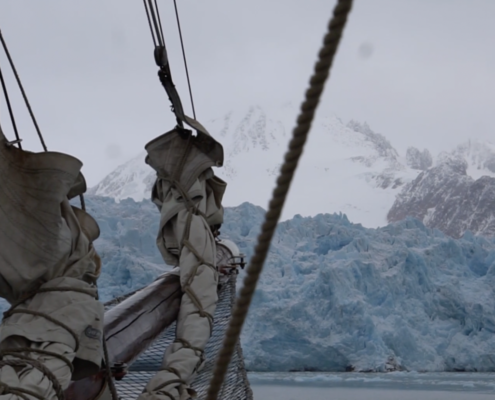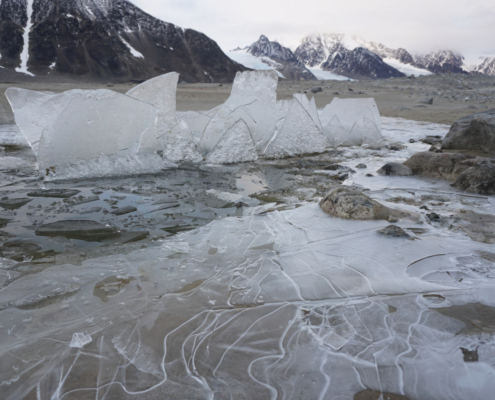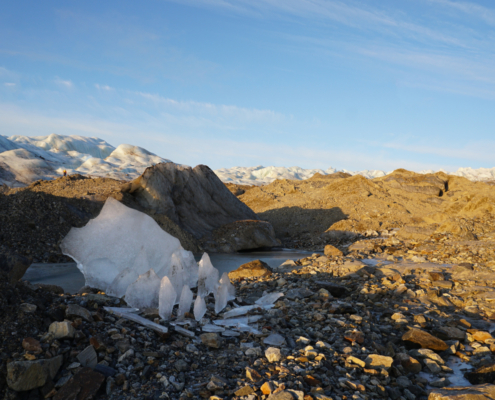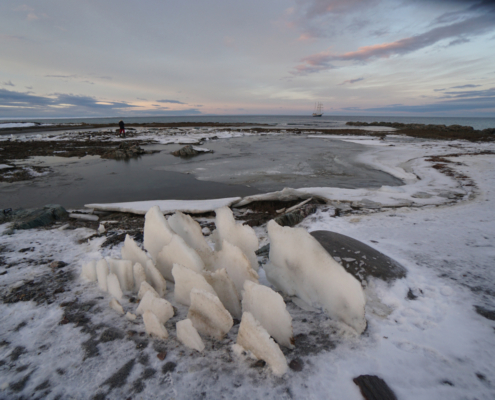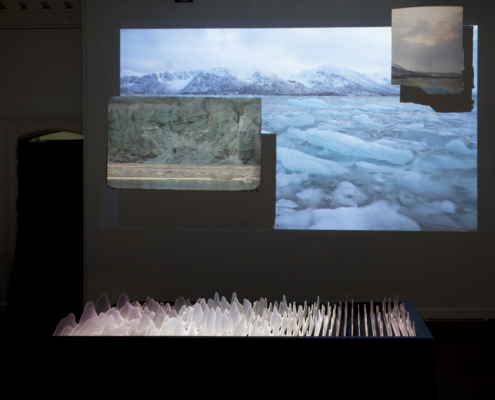By their very nature, award exhibitions are singular events. Each year brings a new set of jurors, a different pool of applicants, and changing cultural perspectives. In comparison to previous years, we continue to see a trend of changing profiles and growing diversities in both the art and the artists. A quick profile finds four artists of color and one male. Where several of the previous exhibitions were more broadly political, looking at larger societal issues, this year’s exhibition is more inner-focused.
This year’s exhibition of the Southern Prize and State Fellowships for Visual Arts continues the trend towards diversity in media, subject matter, and the profile of the artists themselves. This year’s prize fellows are almost equally divided between painting/drawing, sculpture, and mixed media.
While there is no obvious dominance of essential “Southernness”, the exploration of personal and cultural identity continues to be a motivating factor for several artists. Addressing issues of identity and representation, the work of Alexis McGrigg, Victoria Dugger, Chris Friday, and Beizar Aradini all approach this topic from decidedly different points of view. Tennessee Fellow Beizar Aradini finds inspiration for her visual narratives in photographs taken by family and friends. A native of Kurdistan, she was first a refugee and finally settled in the United States. Literally drawing with thread, her embroidered images memorializes both the personal and collective experiences of the cultural displacement of the Kurdish diaspora.
The work of Mississippi Fellow Alexis McGrigg explores the concept of “Blackness” through colorful abstract figurative painting. Reaching beyond the visible, her figures are an evocation of the spirit through the presence of the body. Her figures, however, are dematerialized to the point that these paintings reach beyond everyday perception and representation.
Pulsating between inner and outer worlds, the slayed figurative works of Georgia Fellow Victoria Dugger, in her words, “refuse simple legibility.” Using bright colors and layered patterns, she composes works that, while often based on historic references, refuse to synthesize into a stable, fixed image. “As a disabled Black woman,” she writes, “I have a desire for people to accept or appreciate me for both my surface and what’s below it: to humanize me not because of my appearance, but despite it.”
Florida Fellow Chris Friday plays with space, movement, and scale in hyper-representational drawings. The work is sometimes placed provocatively in real architectural spaces and other times are produced on a scale that dominates a wall or room. She writes, “My work explores themes of rest, privacy… as a way of advocating and claiming space for Black bodies that are historically excluded from it… I collect iconography and anecdotes from shared experiences of people of color to construct and preserve alternative personal and historical narratives. These playful narratives purposefully challenge to media tropes of the representation of Black individuals in public space.”
A designer of typography, bookmaker, collage artist and painter, Alabama Fellow Kelly Bryant creates two and three dimension works that rely on layers of information composed with complex layer geometries or simple planer color fields. Often composed of fragments of single letters and text, her books have a sure sense of composition and at once are often conceived as a continuous kinetic, interactive collage. She approaches all of her work with a similar visual vocabulary of primary and secondary levels of meaning, always looking to find a voice that gives unity to compositional complexities.
Sculptor Michael Webster, the South Carolina Fellow, explores physical space as an extension of social space, or in his words, “the plasticity of sites that resonate between people.” In refashioning everyday found materials into distinct sculptural forms, he opens up new relationships between materials, objects, and people. “I respond to the process of mapping, measurement, demarcation and displacement,” he writes, “I point toward the plasticity that resonates between people and places.”
North Carolina Fellow Nadia Meadows also explores the social dimension of sculpture. She approaches her work as a practice that challenges social, economic, and political norms. “I do this,” she writes, “by molding wood and uncommon mediums such as human hair, creating interactive installations that create narrative experiences and perspectives that have largely been muted in public discourse.”
Rachael Moser’s work explores nature and the human presence in places where nature and civilization meet. The Kentucky Fellow begins her process with close observation, both near and far, where the human impact on the natural order is the most apparent. Moser writes that she “offers vision of our landscapes while inviting considerations of its delicate ecology and drought geopolitical condition in a world where human civilization and the natural landscape are intrinsically linked.” She often works with projected images, found material, and video evoking the material world drawn from her research and observations.
Louisiana Fellow Carlie Trosclair’s work centers around an ephemeral concept of home forged in New Orleans, a city defined by flux and transition. One of her early influences was her father’s work in the construction industry; as she writes, “I spent my formative years in historical residential properties at varying stages of construction and deconstruction. Architectural components carry with them the layered histories of previous residents. Using latex as an architectural skin, I record and reimagine the genealogy of home and its relationship to the natural world.” In this, her ghostly latex structures explores the presence of absence.
All quotes are drawn from the statements of the 2023 Southern Prize Fellows submissions.
This essay is dedicated to the memory of Wim Roefs (1956-2022) whose curatorial work has contributed so much to the Southern Prize program.
David Houston is the Executive Director and Curator of The Ohr-O’Keefe Museum of Art
